Commuting is a universal experience that many of us share. Whether it’s the daily drive to work, catching the bus, or riding a bike, we all have our stories and complaints about our commutes. But have you ever wondered how your commute compares to other parts of the world?
This article compares global commuting patterns and reveals new opportunities for brands. Our findings are based on Kadence International’s latest research, which surveyed over 5,000 commuters across 13 global cities.
The Study
Kadence International conducted a comprehensive study involving over 5,000 commuters from 13 diverse cities worldwide. The cities included in the research were London, Singapore, Shanghai, Jakarta, Manila, Ho Chi Minh City, New York, Los Angeles, Hong Kong, Mumbai, Delhi, Tokyo, and Berlin.
Understanding these commuting patterns is crucial for brands looking to innovate in the urban mobility space. By examining how people commute in different parts of the world, we can uncover valuable insights and opportunities for developing better, more efficient transportation solutions.
Research Methodology
Scope and Sample
To understand global commuting patterns comprehensively, Kadence conducted an extensive survey involving over 5,000 commuters from 13 major cities worldwide. These cities were carefully selected to represent diverse cultural, economic, and infrastructural contexts. The cities included in the study were:
- London
- Singapore
- Shanghai
- Jakarta
- Manila
- Ho Chi Minh City
- New York
- Los Angeles
- Hong Kong
- Mumbai
- Delhi
- Tokyo
- Berlin
This broad scope allowed us to capture a wide variety of commuting experiences and preferences, ensuring that our findings are relevant and insightful for a global audience.
Data Collection
The data collection process was designed to gather detailed insights into the commuting behaviours, preferences, and challenges commuters face in each city. The methodology included:
- Surveys:
We conducted structured surveys with a diverse sample of commuters in each city. The surveys included questions about their daily commuting habits, preferred modes of transport, average commute times, and any specific challenges they faced. - Interviews:
In addition to surveys, we conducted in-depth interviews with a subset of commuters to gain deeper qualitative insights. These interviews helped us understand the personal experiences and attitudes that drive commuting behaviours. - Observational Studies:
Researchers also carried out observational studies in various transportation hubs within each city. This helped us validate survey responses and get a real-time view of commuting patterns. - Secondary Data:
We supplemented our primary research with secondary data from reputable sources, such as government transportation reports, academic studies, and industry publications. This provided additional context and helped triangulate our findings.
By combining these data collection methods, we were able to build a comprehensive picture of commuting across different cities. This robust methodology ensures that our insights are accurate, reliable, and valuable for brands looking to innovate in the urban mobility space.
Commute Duration
Shortest and Longest Commutes:
Our research reveals significant differences in commute durations across the 13 global cities. According to the latest data from the INRIX Global Traffic Scorecard, the average commute times vary widely:
- Los Angeles: Commuters in Los Angeles enjoy one of the shortest average commutes, clocking in at approximately 31 minutes each way. This is partly due to the extensive freeway network and the prevalence of car ownership, allowing for relatively faster travel times despite the city’s notorious traffic.
- Mumbai: On the other end of the spectrum, commuters in Mumbai face the longest average commute times, with journeys taking around 49 minutes each way. The city’s dense population and heavy traffic congestion contribute to these prolonged travel times, making daily commutes particularly challenging for residents.
Variations in commute times underscore the importance of context-specific solutions in urban mobility planning. Brands aiming to innovate in this space must consider these local differences to effectively address the unique challenges and needs of commuters in each city.
Preferences for Driving and Public Transport
Driving in Los Angeles and New York:
In cities like Los Angeles and New York, driving remains the dominant mode of transport. According to the American Community Survey, a significant majority of commuters in these cities rely on their cars for daily travel:
- Los Angeles: Approximately 83% of commuters use their own cars at least three times a week. The city’s car-centric culture and extensive freeway system support this high reliance on personal vehicles.
- New York: While public transport is more prevalent in New York than in Los Angeles, around 45% of New Yorkers still commute by car. This preference is partly due to the convenience and flexibility that driving offers despite the city’s extensive subway network.
Jakarta’s Preference for Motorbikes:
In contrast, Jakarta sees a different commuting trend, with a strong preference for motorbikes. Recent data from the Jakarta Transportation Agency indicates that:
- Motorbikes: 61% of Jakarta’s commuters regularly use motorbikes for their daily travel. This preference is driven by the city’s severe traffic congestion, where motorbikes provide a faster and more flexible way to navigate the gridlock.
Public Transport in Tokyo:
Tokyo stands out for its high usage of public transport. The latest data from the Tokyo Metropolitan Government shows that:
- Trains and Subways: 65% of Tokyo’s commuters use the train system, renowned for its efficiency, punctuality, and coverage. The extensive network allows for quick and reliable travel across the city.
- Car Usage: Only 13% of Tokyo residents use their own cars for commuting, significantly lower than the global average of 48%. High parking costs, traffic congestion, and excellent public transportation options influence this low car usage rate.
Commuting as “Me Time”
Many commuters worldwide view commuting time as “me time.” However, this time varies significantly across cities, reflecting local cultures, infrastructure, and personal habits. Updated research from Statista and various local surveys provide insights into these trends.
Working During Commutes:
- London and Mumbai: Commuters in London and Mumbai are more likely to use their commute time for work-related activities. According to a recent Statista survey, 29% of London commuters and 34% of Mumbai commuters use this time to catch up on emails or prepare for meetings. Reliable internet connectivity on trains and buses in these cities facilitates this productivity.
- Hong Kong: In contrast, as per a local transport survey, only 5% of Hong Kong commuters report working during their commute. This lower percentage may be attributed to cultural differences and the preference for separating work and personal time.
Online Shopping:
- Mumbai, Singapore, and London: Online shopping during commutes is a notable trend in these cities. The Statista survey indicates that 24% of Mumbai commuters, 21% of Singapore commuters, and 15% of London commuters shop online while travelling. This behaviour is driven by the convenience of mobile shopping and the desire to maximise free time.
- Jakarta: According to the latest data from the Jakarta Transportation Agency, only 5% of Jakarta commuters shop online during their commute. Commuters in Jakarta focus more on navigating through heavy traffic rather than engaging in online activities.
Internet Browsing and Social Media:
- Hong Kong: According to the Hong Kong Transport Department, 68% of commuters in Hong Kong browse the internet or check social media during their commute. This high percentage reflects the city’s advanced mobile infrastructure and high smartphone penetration.
- London: Transport for London reported that 41% of London commuters engage in similar activities. While still substantial, this lower figure compared to Hong Kong may be due to varying levels of internet accessibility and personal preferences.
These findings show that commuting time is valued differently across the globe. Brands can leverage these insights to tailor their services and marketing strategies, catering to commuters’ unique behaviours and preferences in each market. Understanding these patterns can lead to more effective engagement and innovative solutions that enhance the commuting experience.
Infrastructure and Technology Use
Internet and social media use during commutes varies significantly between cities, reflecting differences in infrastructure, cultural habits, and technological adoption.
Hong Kong:
Hong Kong commuters are among the most active internet and social media users during their commutes. According to the We Are Social and Hootsuite Digital Report, 68% of Hong Kong commuters browse the internet or check social media on their way to work. This high level of activity is supported by Hong Kong’s advanced mobile infrastructure, which offers widespread high-speed internet access and reliable connectivity even in transit.
- Mobile Penetration: Hong Kong’s mobile penetration rate is over 92%, one of the highest in the world, which facilitates easy access to online content during commutes.
- Internet Speed: The average mobile internet speed in Hong Kong is around 54 Mbps, ensuring that commuters can stream, browse, and interact without significant delays.
London:
In London, the percentage of commuters using the internet or social media during travel is lower than in Hong Kong but still significant. Transport for London (TfL) and the Digital 2023 report by We Are Social and Hootsuite indicate that 41% of London commuters engage in internet browsing or social media activities during their commutes.
- Mobile Penetration: London also boasts a high mobile penetration rate, with about 88% of the population owning smartphones, facilitating access to online activities during commutes.
- Internet Speed: London’s average mobile internet speed is around 44 Mbps, sufficient for browsing and social media use, although it is slightly lower than in Hong Kong.
Implications for Brands:
These differences in internet and social media usage during commutes present unique opportunities for brands. In cities like Hong Kong, where a high percentage of commuters are online, brands can leverage digital advertising, social media campaigns, and mobile-friendly content to effectively engage with commuters. In London, while the engagement is slightly lower, a substantial audience can still be reached through targeted online initiatives.
Understanding these patterns allows brands to tailor their marketing strategies to the specific behaviours and preferences of commuters in each city, enhancing engagement and creating more impactful campaigns.
Emerging Trends
The commuting landscape has evolved significantly since the original study, driven by factors such as the COVID-19 pandemic and the rise of remote work. Recent studies and reports provide updated insights into these changes and highlight new trends in global commuting behaviours.
Impact of Remote Work:
The COVID-19 pandemic has fundamentally altered commuting patterns worldwide. With many companies adopting remote or hybrid work models, the frequency and nature of commuting have changed. According to a 2023 report by Global Workplace Analytics, about 25-30% of the workforce in advanced economies now works remotely multiple days a week, significantly reducing the daily commute.
- Reduced Commuting Frequency: The reduction in daily commuting has led to decreased traffic congestion and lower demand for public transportation in many cities. For instance, the Global Traffic Report by TomTom indicates a 15% reduction in peak traffic congestion levels in major cities like New York and London compared to pre-pandemic levels.
Shift in Commuting Times:
- Flexible Hours: With flexible working hours becoming more common, traditional peak commuting times have become less pronounced. A study by the University of California, Berkeley found that commuters increasingly travel outside the traditional rush hours, leading to a more even distribution of traffic throughout the day.
Increased Use of Micro-Mobility:
- Rise of Biking and Scooters: There has been a notable increase in the use of micro-mobility options, such as bicycles and electric scooters. According to a report by the International Transport Forum, cities like Paris, Berlin, and San Francisco have seen a 20-30% increase in bike and scooter usage as commuters seek alternative, socially-distanced modes of transport.
Public Transport Adaptations:
- Health and Safety Measures: Public transportation systems worldwide have implemented enhanced health and safety measures to address commuters’ concerns. A survey by the International Association of Public Transport found that 70% of transit agencies have introduced increased cleaning protocols, contactless payment options, and social distancing measures to restore commuter confidence.
These emerging trends underscore the dynamic nature of commuting behaviours and highlight the need for brands to stay informed and adaptable. By understanding these shifts, brands can develop innovative mobility solutions that cater to commuters’ evolving needs and preferences in a post-pandemic world.
Engaging with Commuters
Contactless and Mobile Payments:
- The adoption of contactless and mobile payment systems in public transportation has surged. Global contactless transaction values are expected to reach $6 trillion by 2024. Brands can capitalise on this trend by integrating seamless payment solutions into their services.
Smart Mobility Hubs:
- Mobility hubs integrating various modes of transport (bikes, scooters, buses, and trains) are gaining traction. These hubs provide a seamless transition between different transportation modes. A recent McKinsey & Company study indicates that smart mobility hubs can reduce commuting time by up to 20%.
Sustainable Mobility Solutions:
- There is a growing demand for sustainable commuting options. Electric vehicle (EV) adoption is increasing, with BloombergNEF predicting EVs will constitute 58% of new passenger car sales by 2040. Brands can invest in EV infrastructure and promote green commuting initiatives.
Personalised Commuting Services:
- Using AI and big data, brands can offer personalised commuting services catering to individual preferences. For instance, predictive analytics can optimise travel routes and schedules, enhancing the commuting experience.
Regional Analysis
USA (New York and Los Angeles):
- Driving Habits: The American Community Survey reports that 83% of Los Angeles commuters use their own cars regularly, while 45% of New Yorkers commute by car. Despite a reduction in peak congestion due to remote work, personal vehicle use remains high.
- Public Transport Usage: In New York, public transport usage has slightly declined, with 55% of commuters now using it regularly, down from 62% pre-pandemic. Los Angeles continues to struggle with low public transport adoption, with only 25% of commuters using it frequently.
- New Commuting Trends: The rise of remote work has led to a more distributed commuting pattern, reducing peak hour congestion. There is also increased interest in micro-mobility options, with bike and scooter usage growing by 15% in both cities.
UK (London):
- Sustainable Transport Initiatives: London has implemented several sustainable transport initiatives, including the Ultra Low Emission Zone (ULEZ) and expanded cycling infrastructure. Transport for London says these measures have reduced vehicle emissions by 44% and increased cycling by 22%.
- Commuter Behaviours: A recent survey by the UK Department for Transport shows that 36% of Londoners primarily use public transport, while 23% walk or cycle. There is a growing trend towards active commuting, with more Londoners opting for bikes and e-scooters.
South East Asia (Singapore, Jakarta, Manila, Ho Chi Minh City):
- Singapore:
Efficient Public Transport: Singapore’s public transport system is highly efficient, with 76% of commuters using it daily (Singapore Land Transport Authority). The government’s investment in smart technology and seamless payment systems has enhanced the commuting experience. - Jakarta:
Motorbike Dominance: Due to severe traffic congestion, 61% of Jakartan commuters use motorbikes. The Jakarta Transportation Agency reports that recent infrastructure projects aim to improve public transport usage. - Manila:
Overcrowded Public Transport: Only 20% of Manila commuters can access reliable public transport. Brands have a significant opportunity to develop affordable and efficient mobility solutions. - Ho Chi Minh City:
Rapid Urbanisation: Ho Chi Minh City is experiencing rapid urbanisation, with a 10% annual increase in motorbike usage (Vietnam Ministry of Transport). There is a growing need for integrated and sustainable transport options.
Summary of Key Takeaways
Understanding Global Commuting Patterns: The findings from Kadence International’s comprehensive study and recent insights highlight the significant differences in commuting behaviours across various global cities. From the shortest commutes in Los Angeles to the longest in Mumbai and from the high car usage in the US to the dominant motorbike culture in Jakarta, these patterns reveal crucial information about regional preferences and challenges.
Importance for Brands: Understanding these global commuting patterns is essential for brands looking to innovate in the urban mobility space. It allows them to develop tailored solutions that resonate with local commuters’ unique needs and preferences. The shift towards remote work, increased adoption of micro-mobility options, and the growing demand for sustainable transport solutions underscore the need for a culturally informed approach to urban mobility.
To harness the full potential of these insights, we encourage brands to engage with Kadence International. Our team offers detailed research findings and tailored recommendations to help you navigate the complex urban mobility landscape.












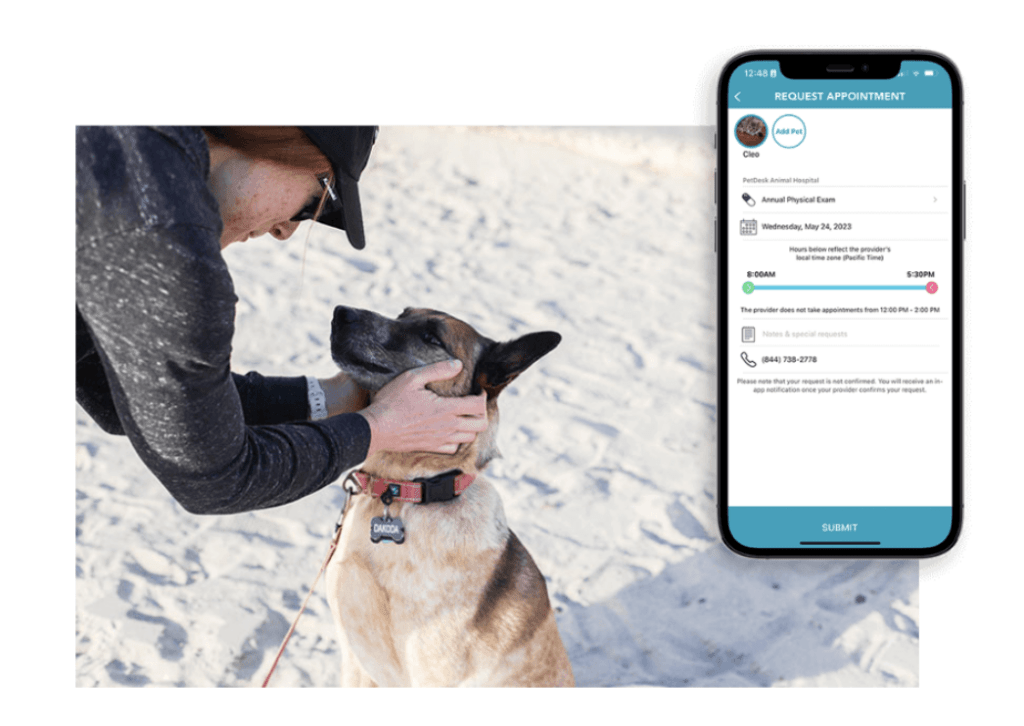




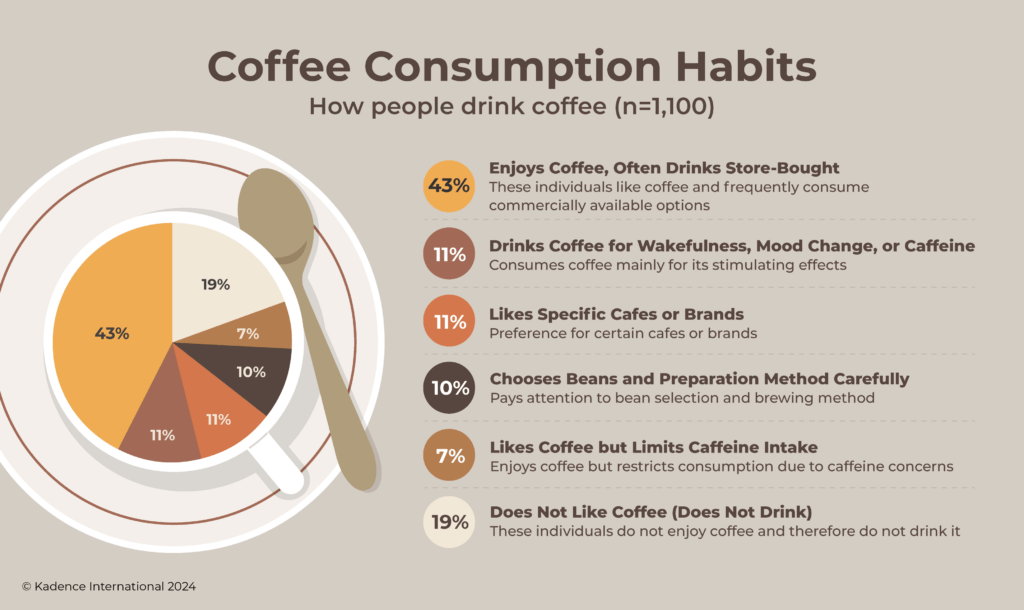


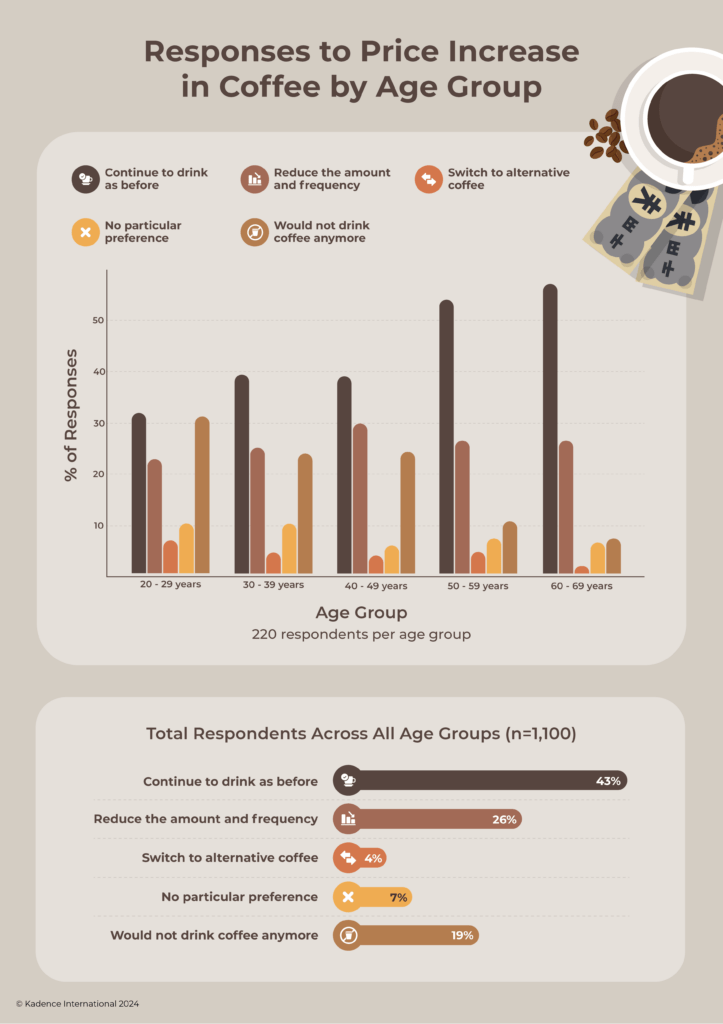
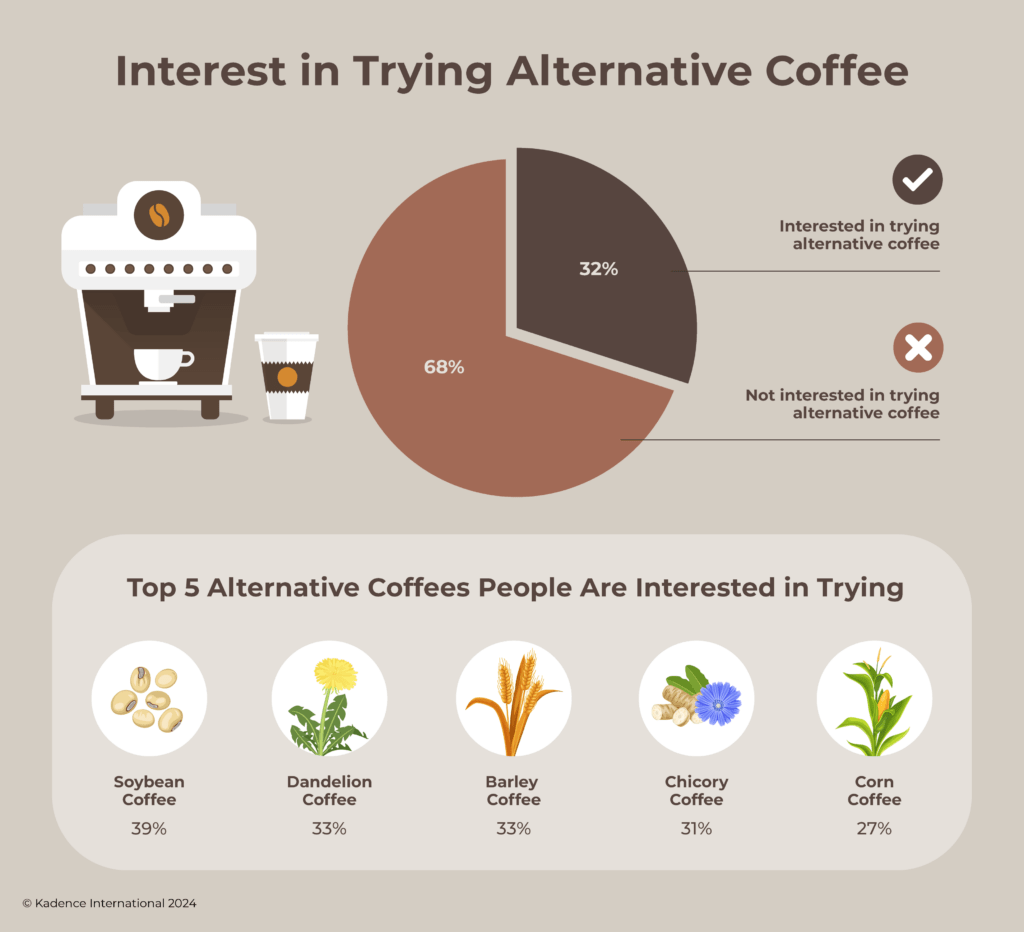




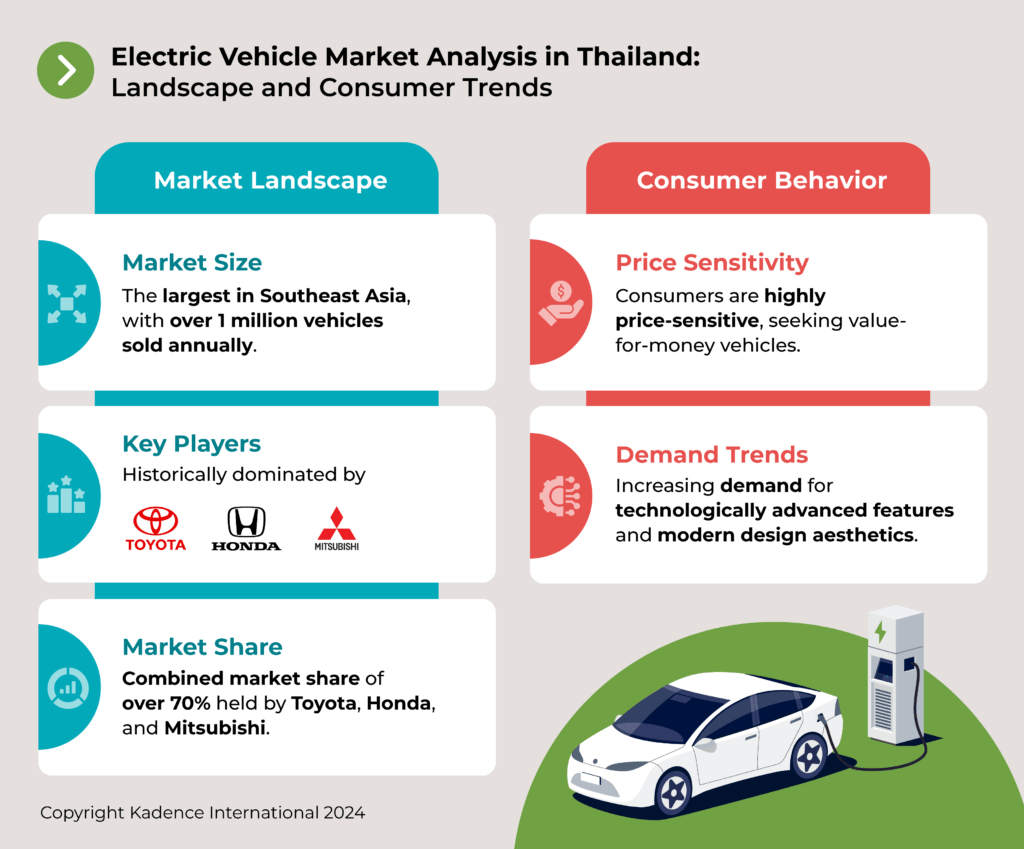

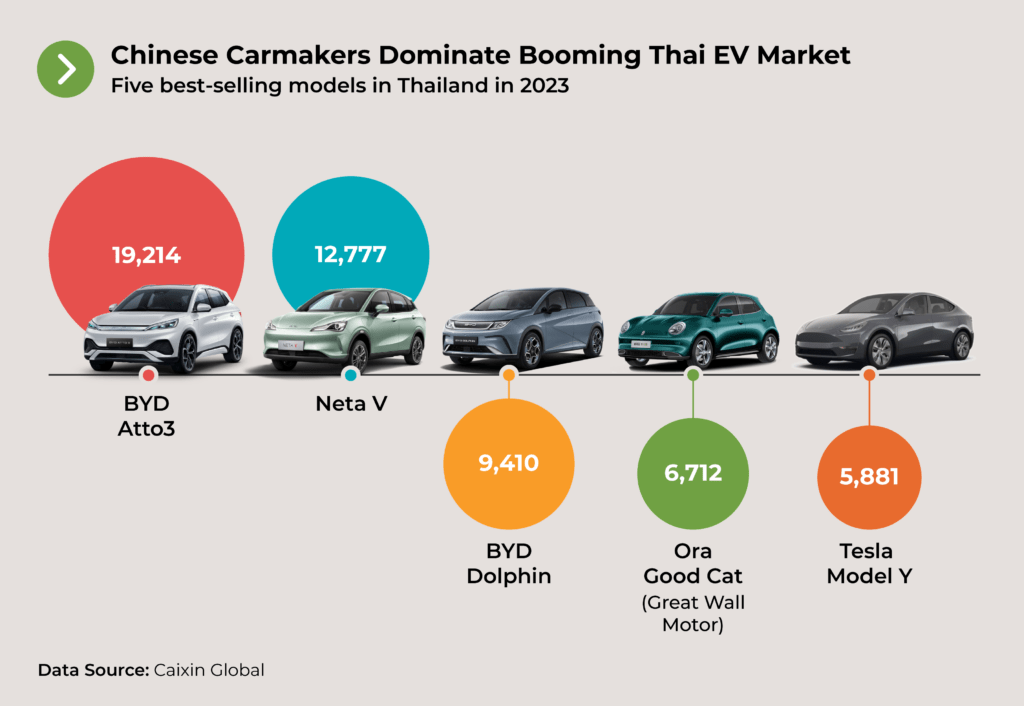

 Senior Marketing Executive
Senior Marketing Executive Sales & Marketing
Sales & Marketing General Manager PR -Internal Communications & Government Affairs
General Manager PR -Internal Communications & Government Affairs Vital Strategies
Vital Strategies
 Customer Intelligence Director
Customer Intelligence Director